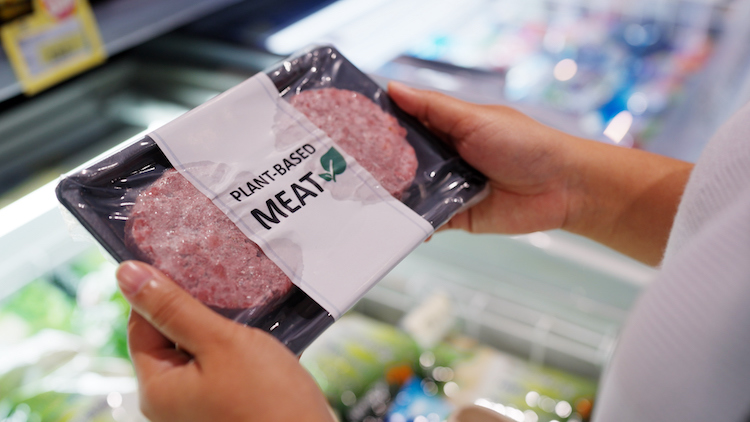
Just a few years ago, plant-based meats seemed to be all the rage, with restaurant chains and grocery stores rushing to create options for their customers. However, after peaking in 2020, sales of plant-based meats have been retreating in the years since.
In a report written by Billy Roberts, senior economist of food and beverage for CoBank, he noted that consumer interest in plant-based options remains, but cost is a deterring factor. The price per pound of refrigerated plant-based meat through June was $8.40, up 2.7% from a year earlier. Meanwhile, USDA predicts prices of beef and veal to rise 0.7%, poultry to go up 3.1%, and pork prices to decline 2.5%. In general, the price of plant-based meats runs a few dollars more per pound than equivalent beef or poultry products.
The inability or unwillingness to pay more for plant-based alternatives is caused, at least in part, by inflation. Roberts pointed out that consumers tend to gravitate to familiar foods during times of economic uncertainty. In addition, some may see plant-based meats as having poor value compared to animal proteins.
As the alternative meat space gets more crowded, the appeal of plant-based proteins seems to have lost some of its shine. “Sales of plant-based meats has reached a degree of maturity, particularly as its era of initial consumer trial appears to have come and gone,” Roberts wrote.
Growth potential appears to be among people that buy both plant-based meat as well as animal protein. Market research firm Numerator found that one in two households in the United States buy plant-based foods of some kind, and 98% of those that buy meat alternatives are also purchasing meat.
A growing trend of people consuming a flexitarian diet, rather than strictly following a specific diet like vegetarian or paleo, could also be an opportunity for plant-based meats. The good news for livestock agriculture, though, is that the flexitarian diet also has room for animal proteins, especially now when price, paired with familiarity and product quality, make meat a more desirable purchase.








